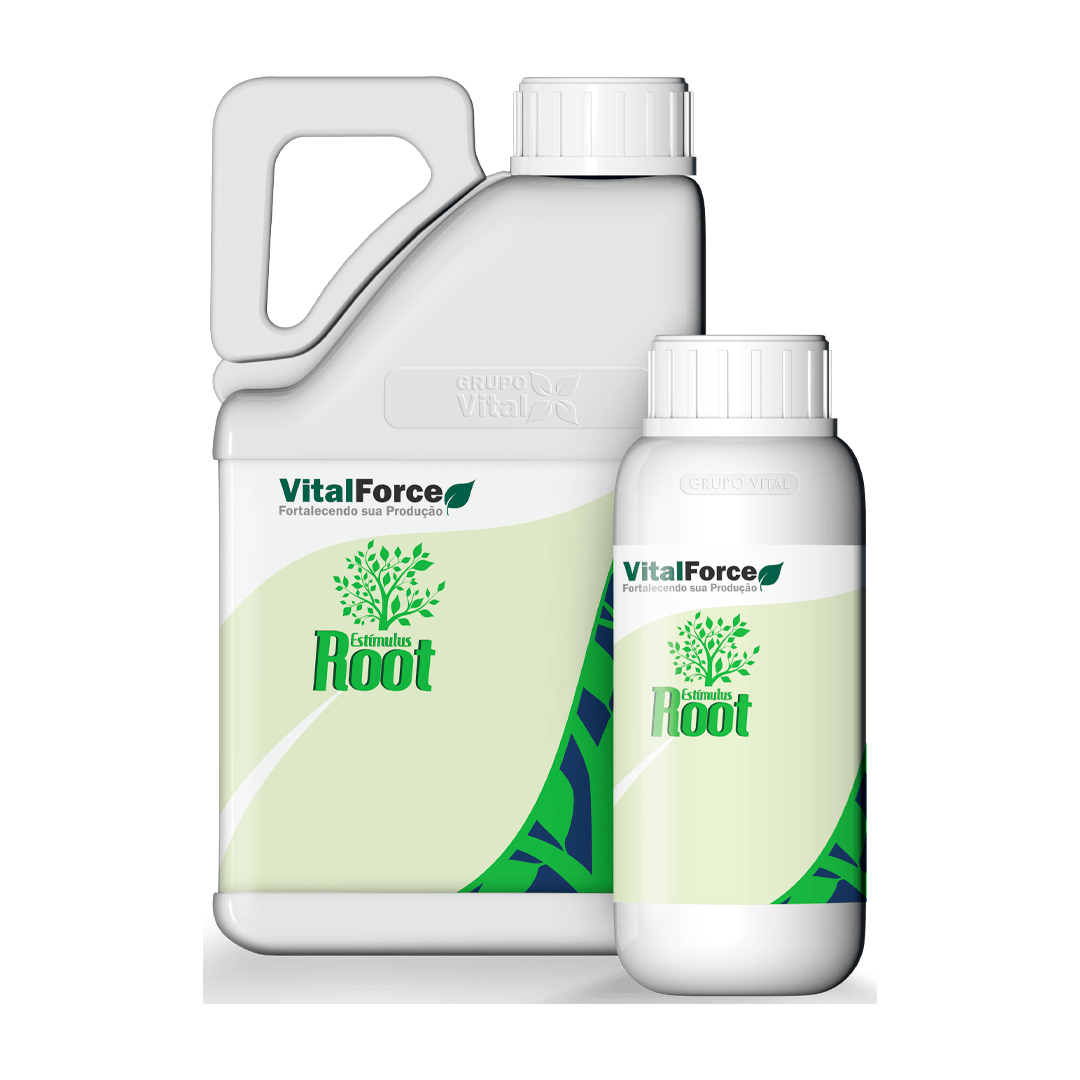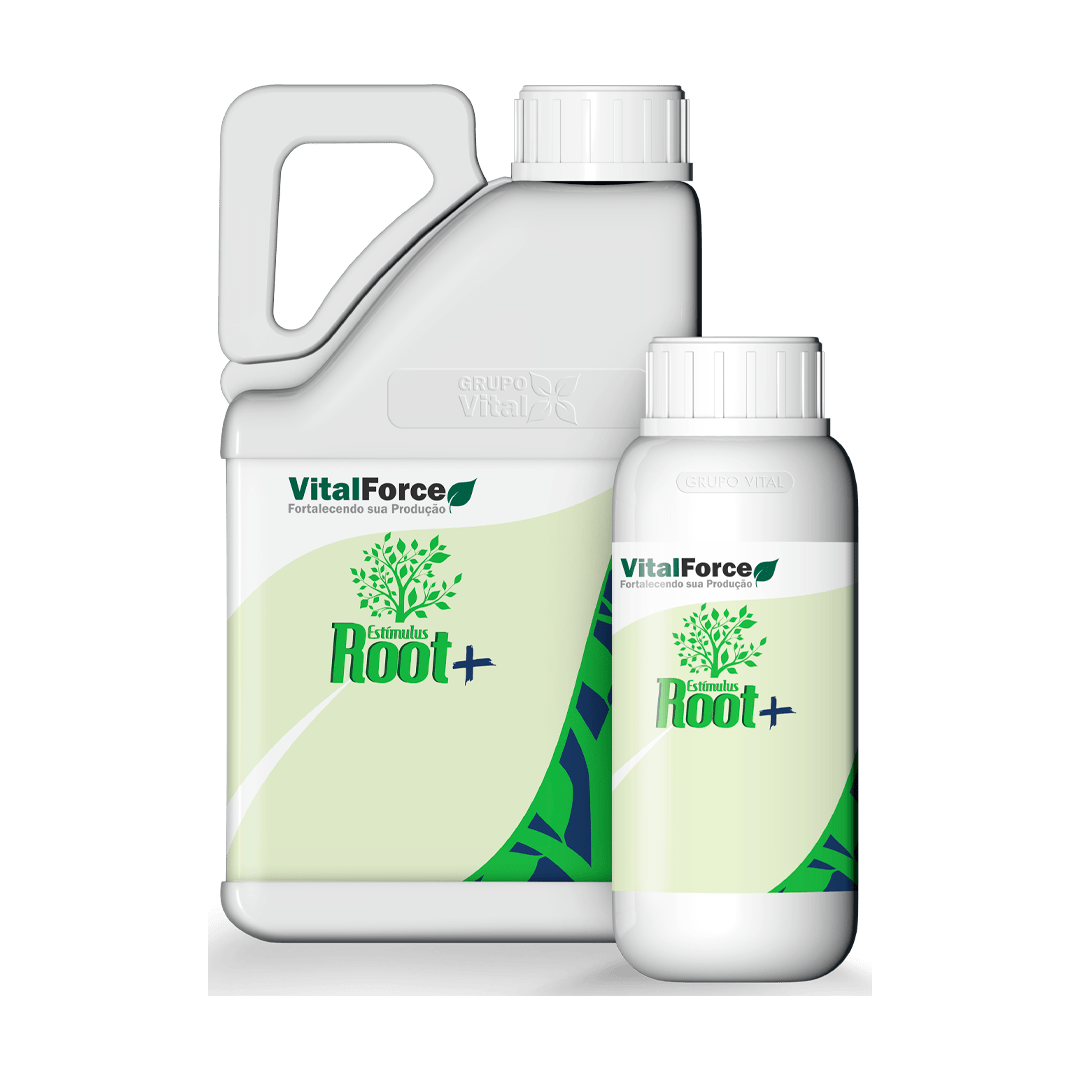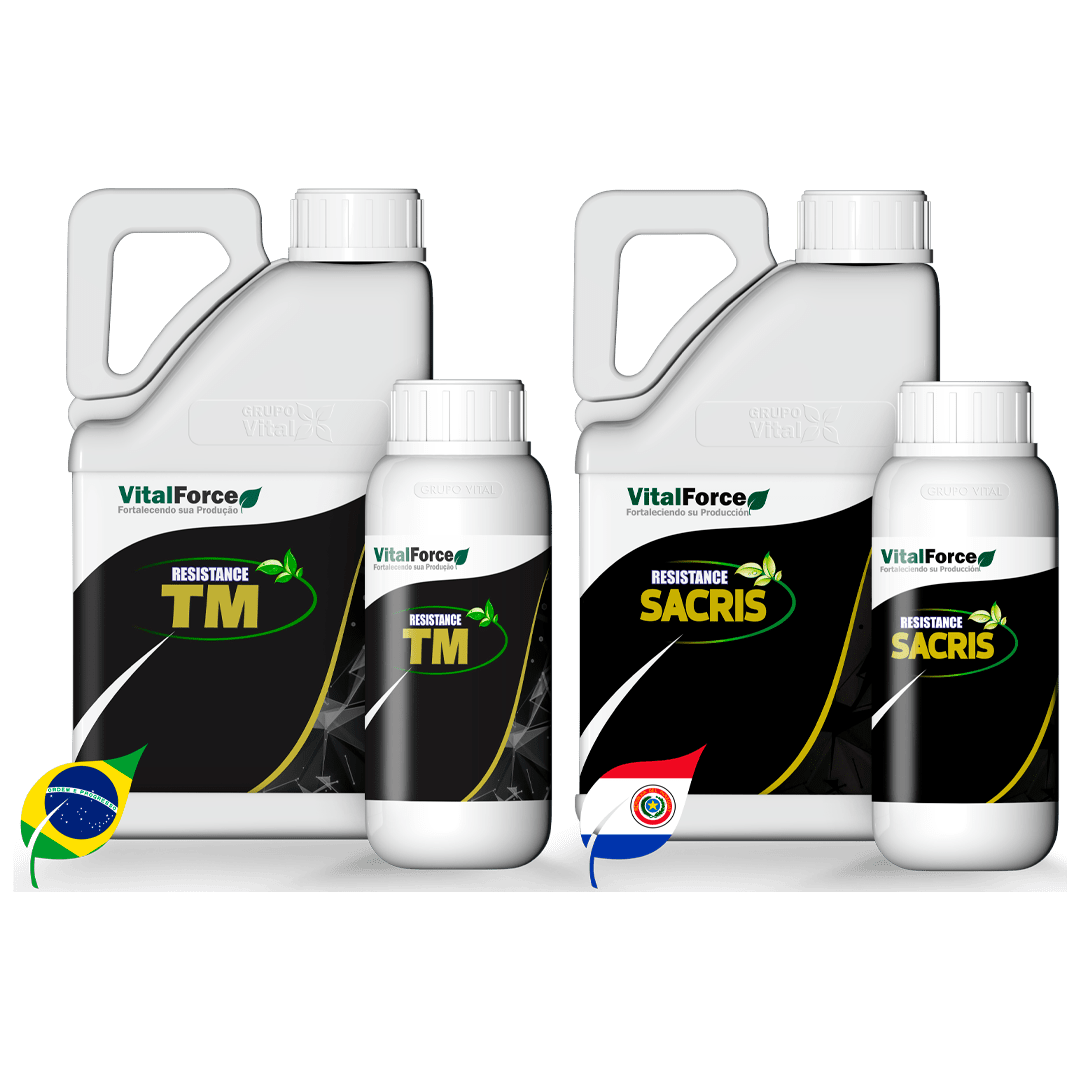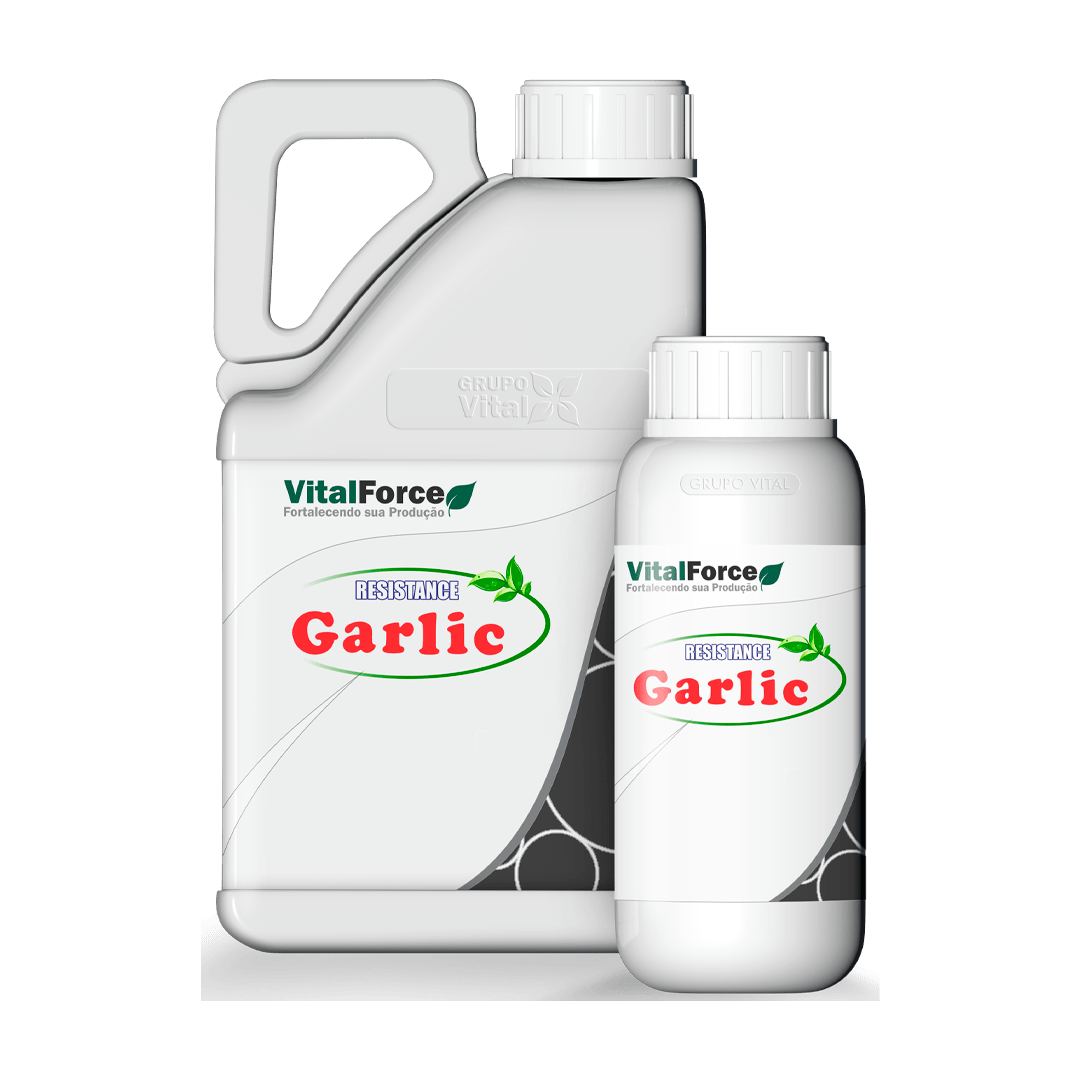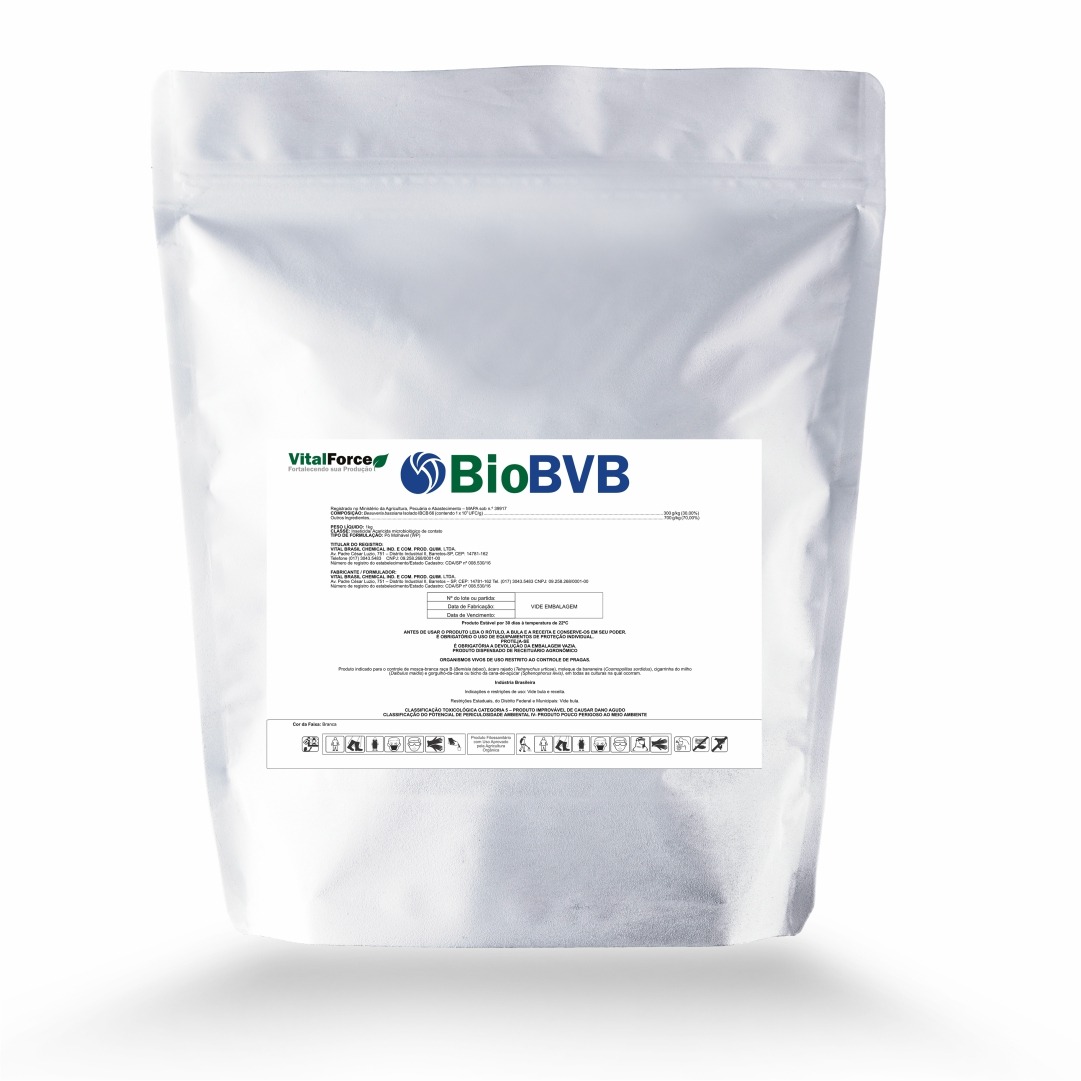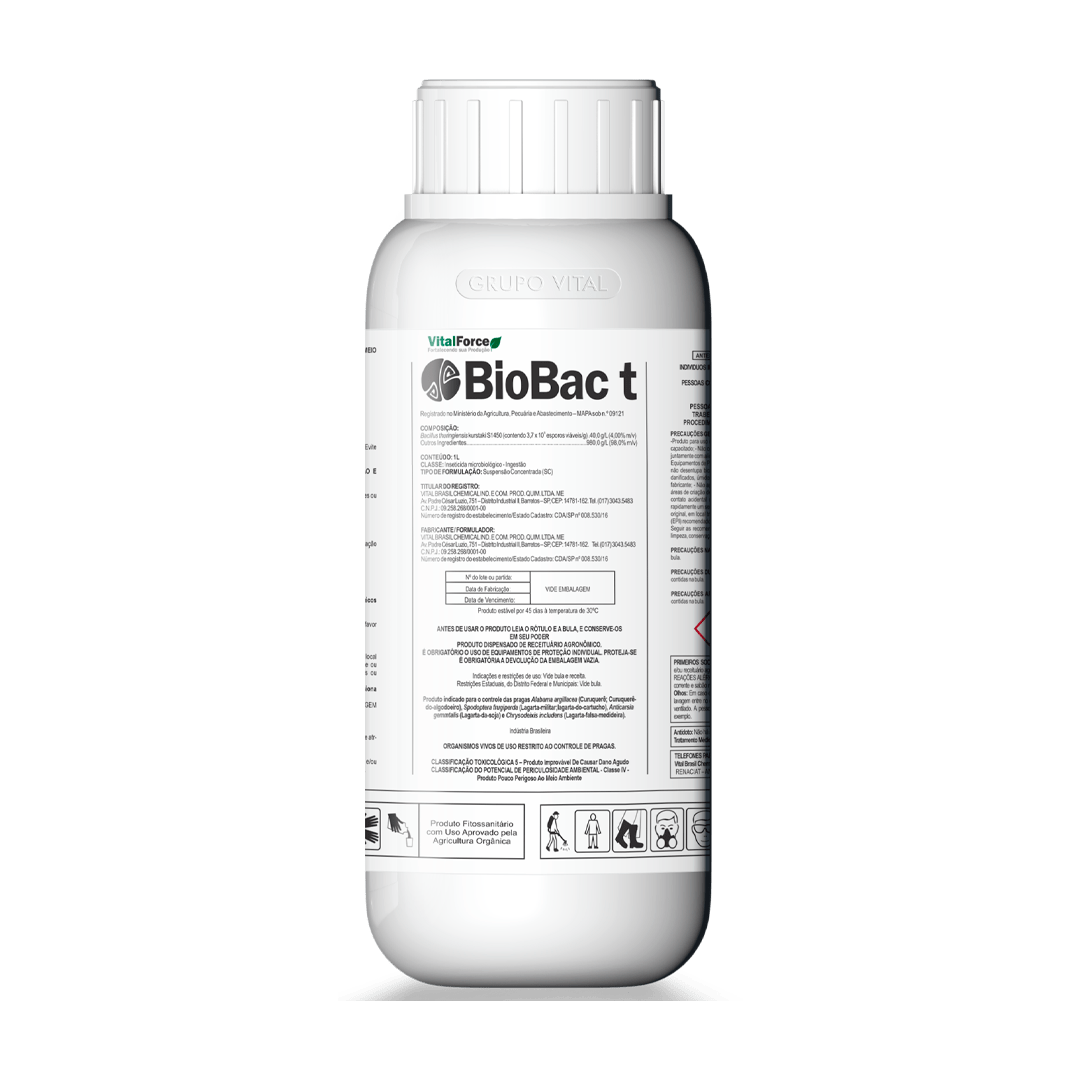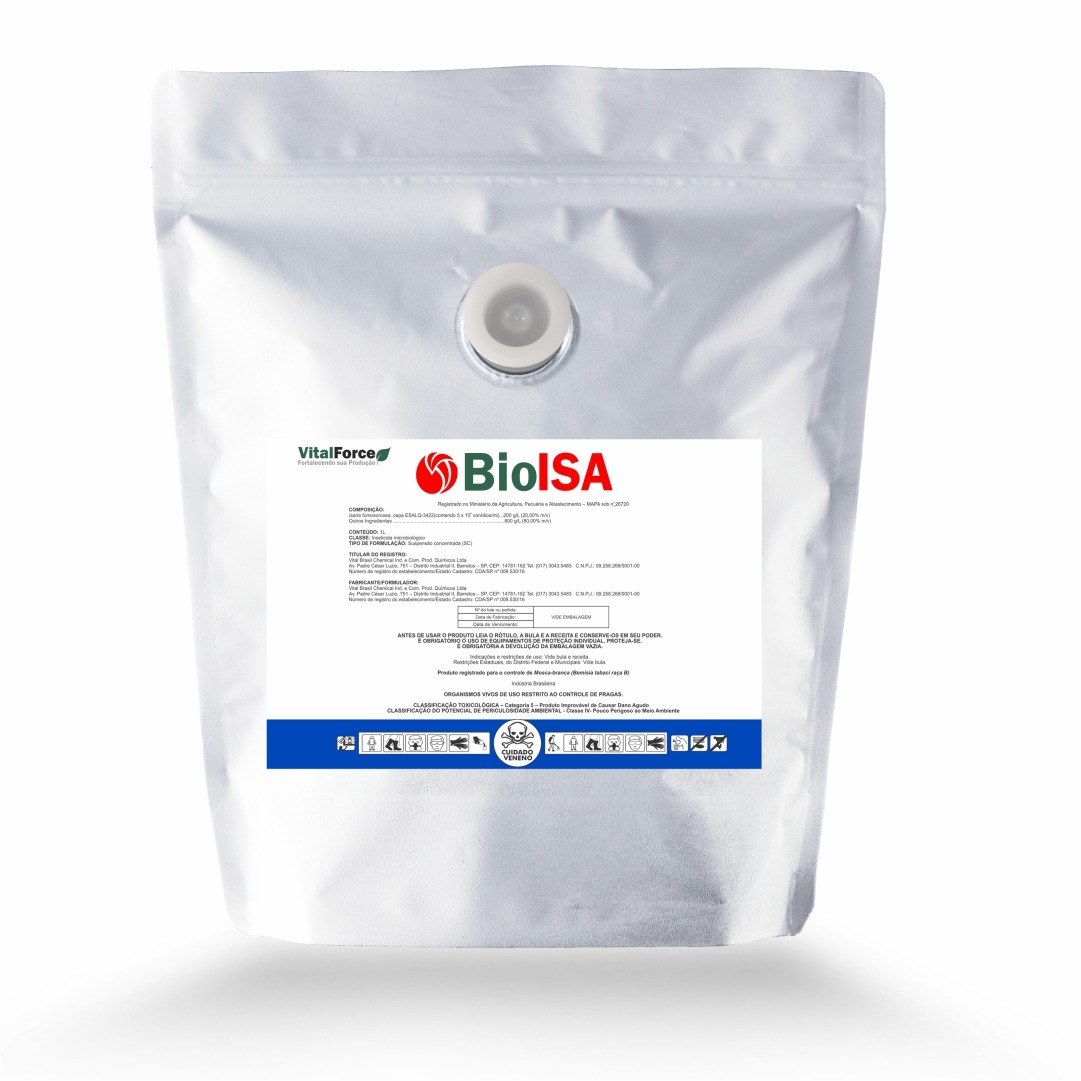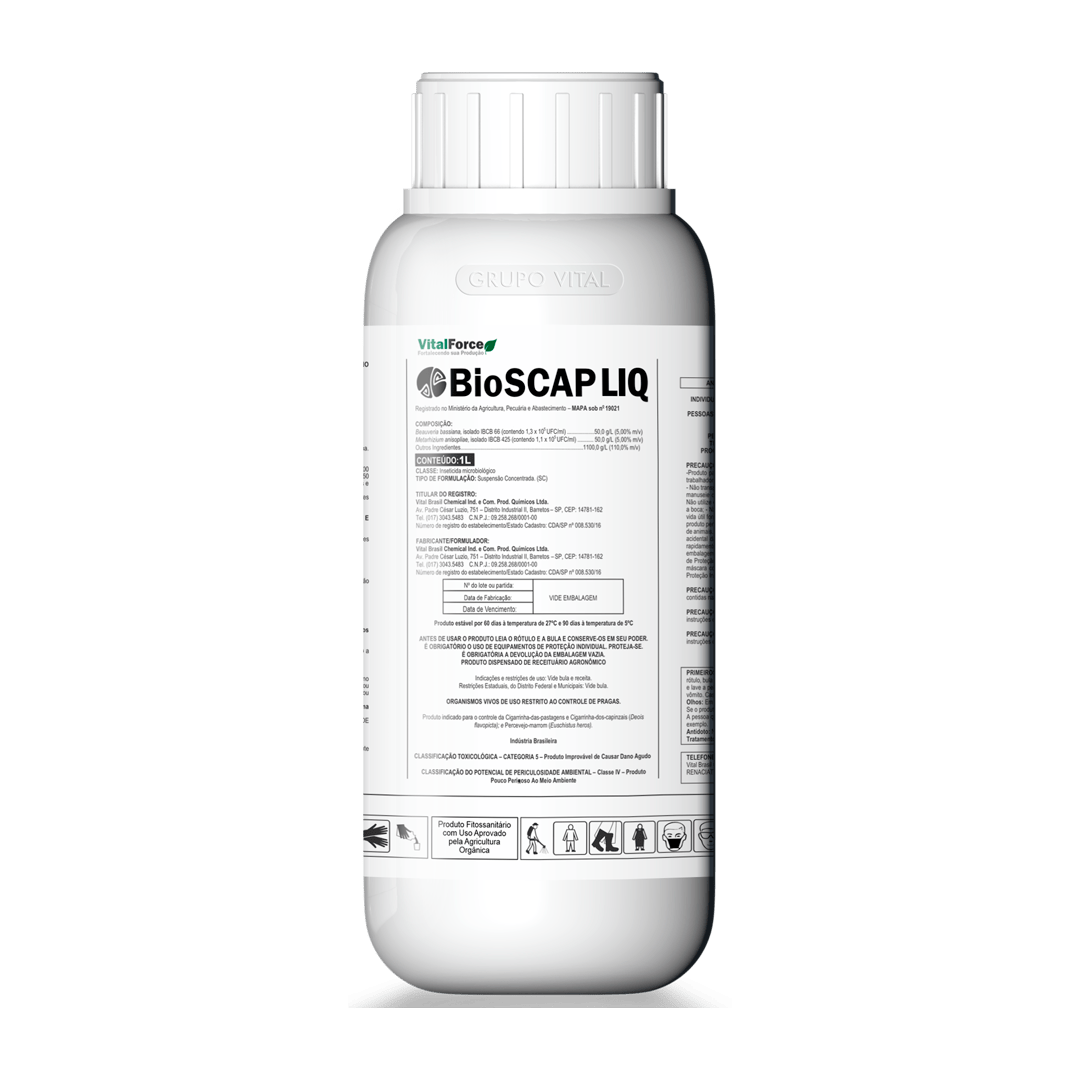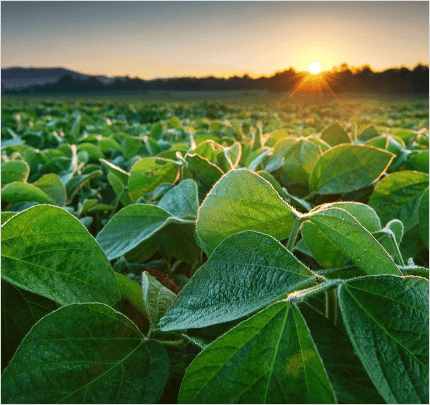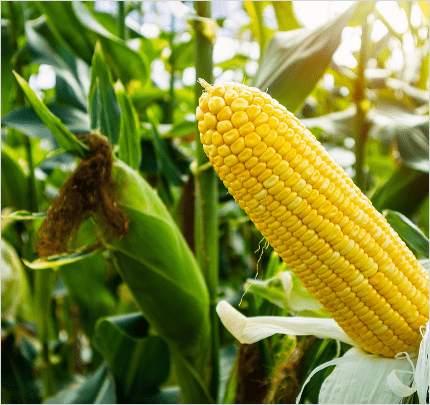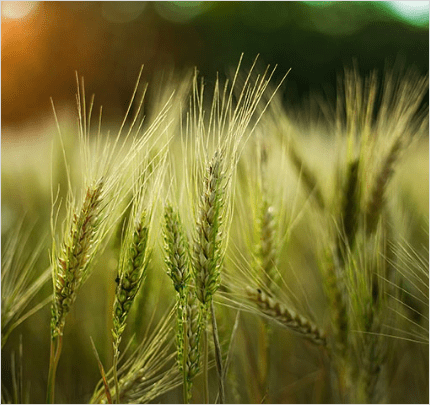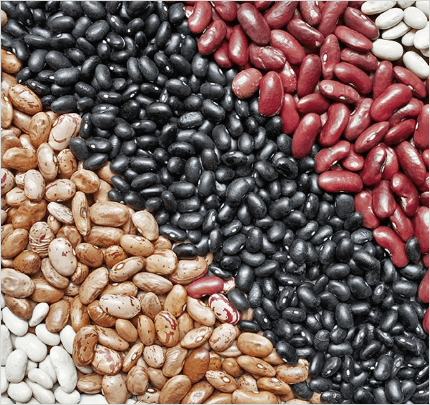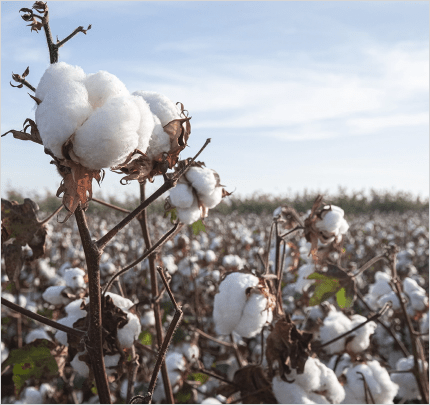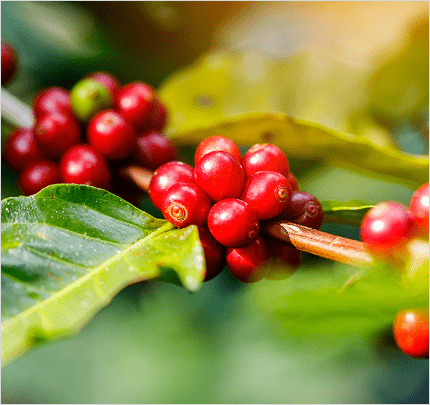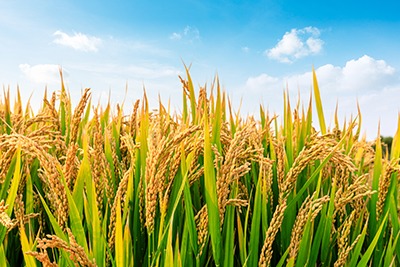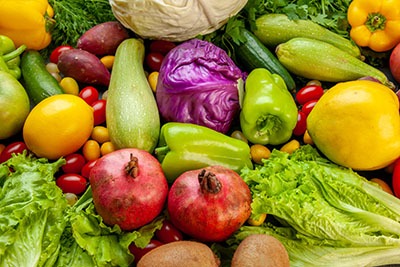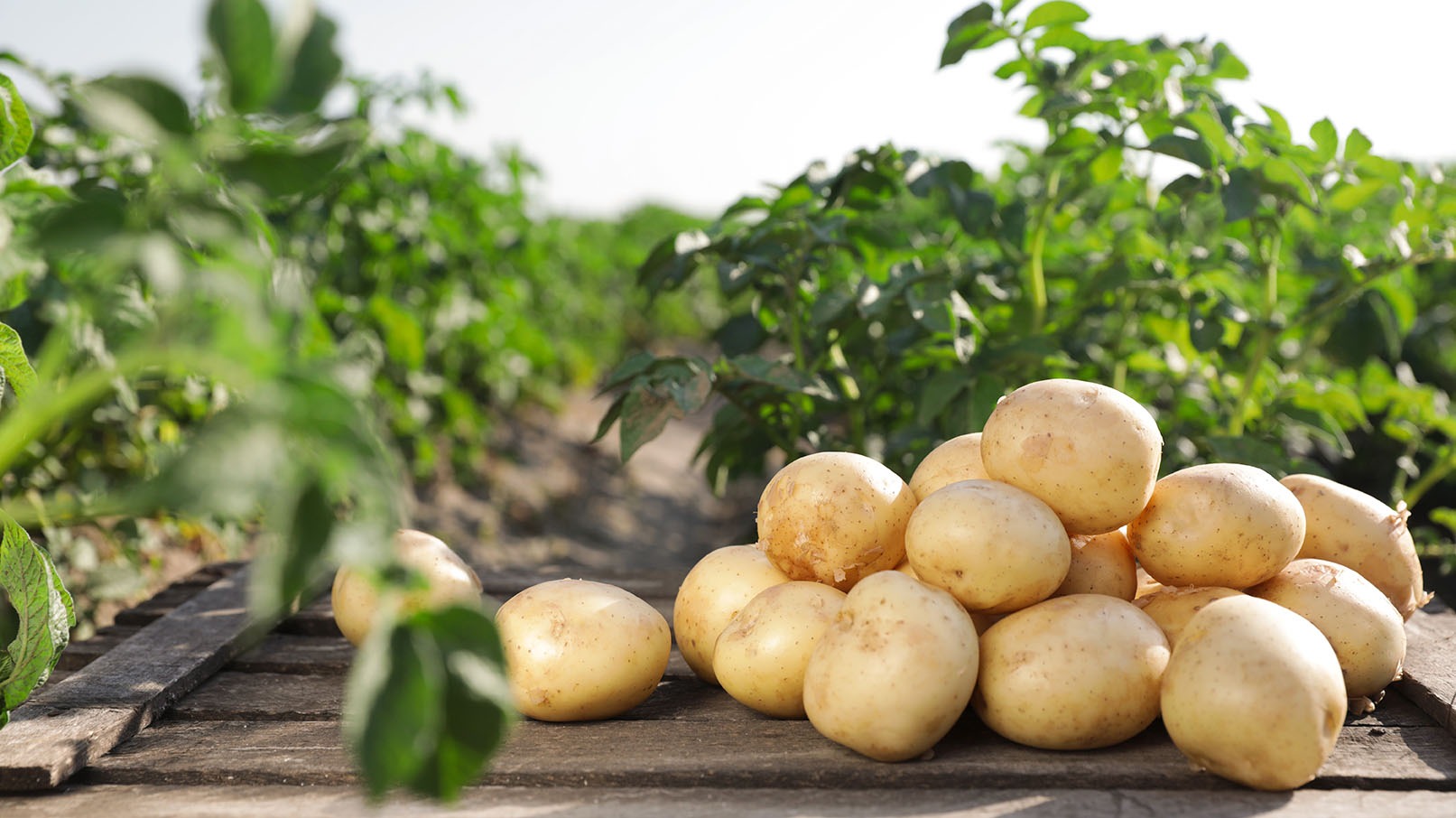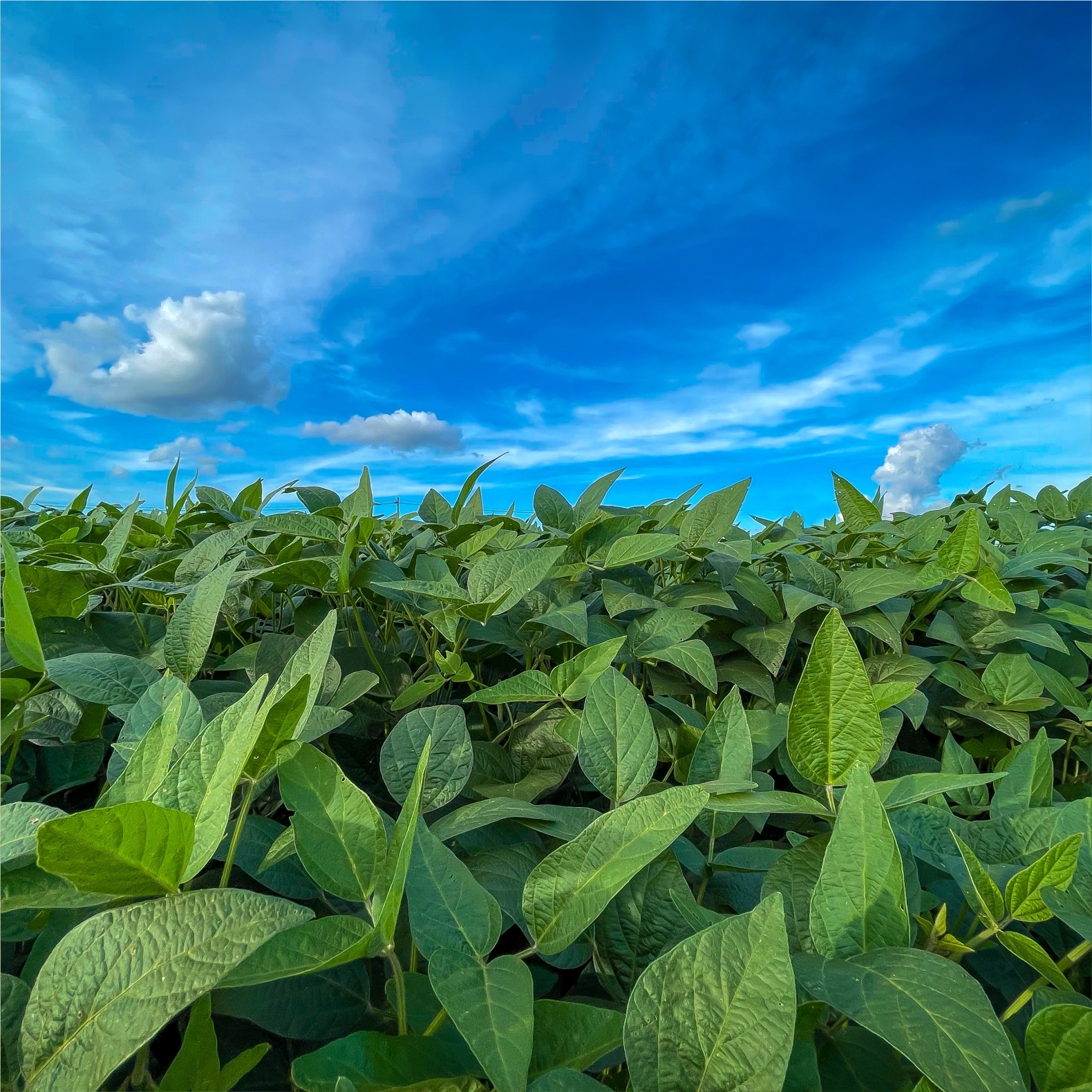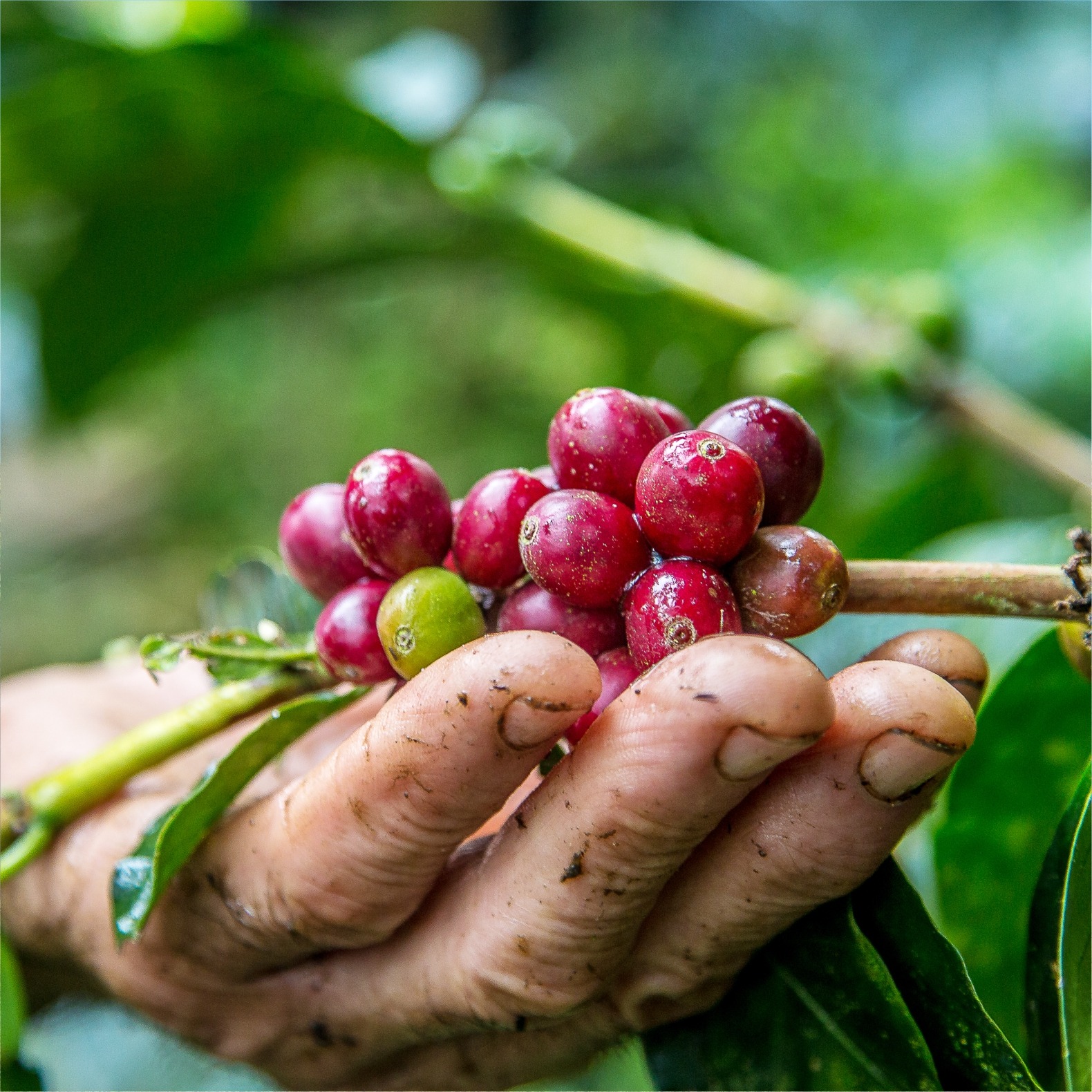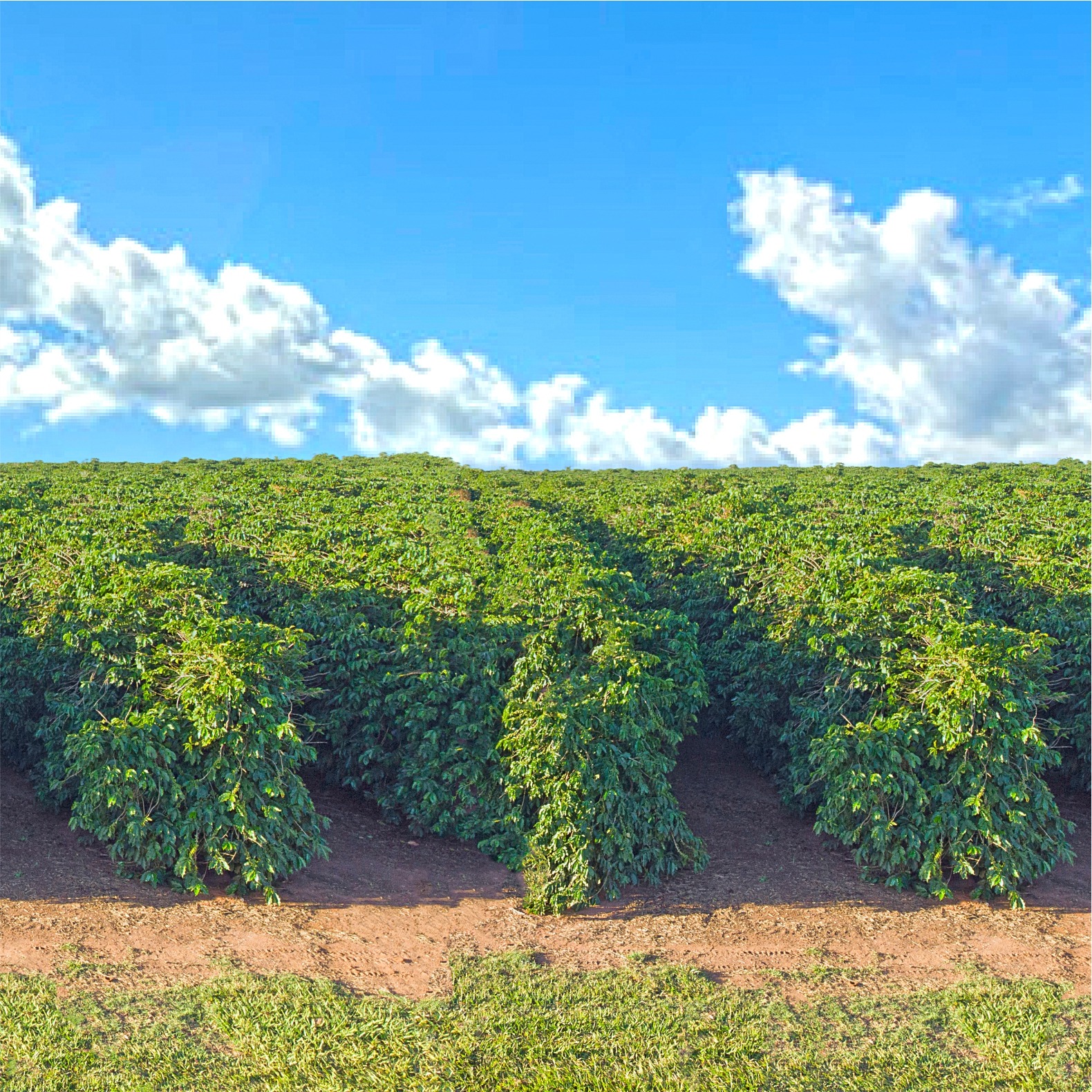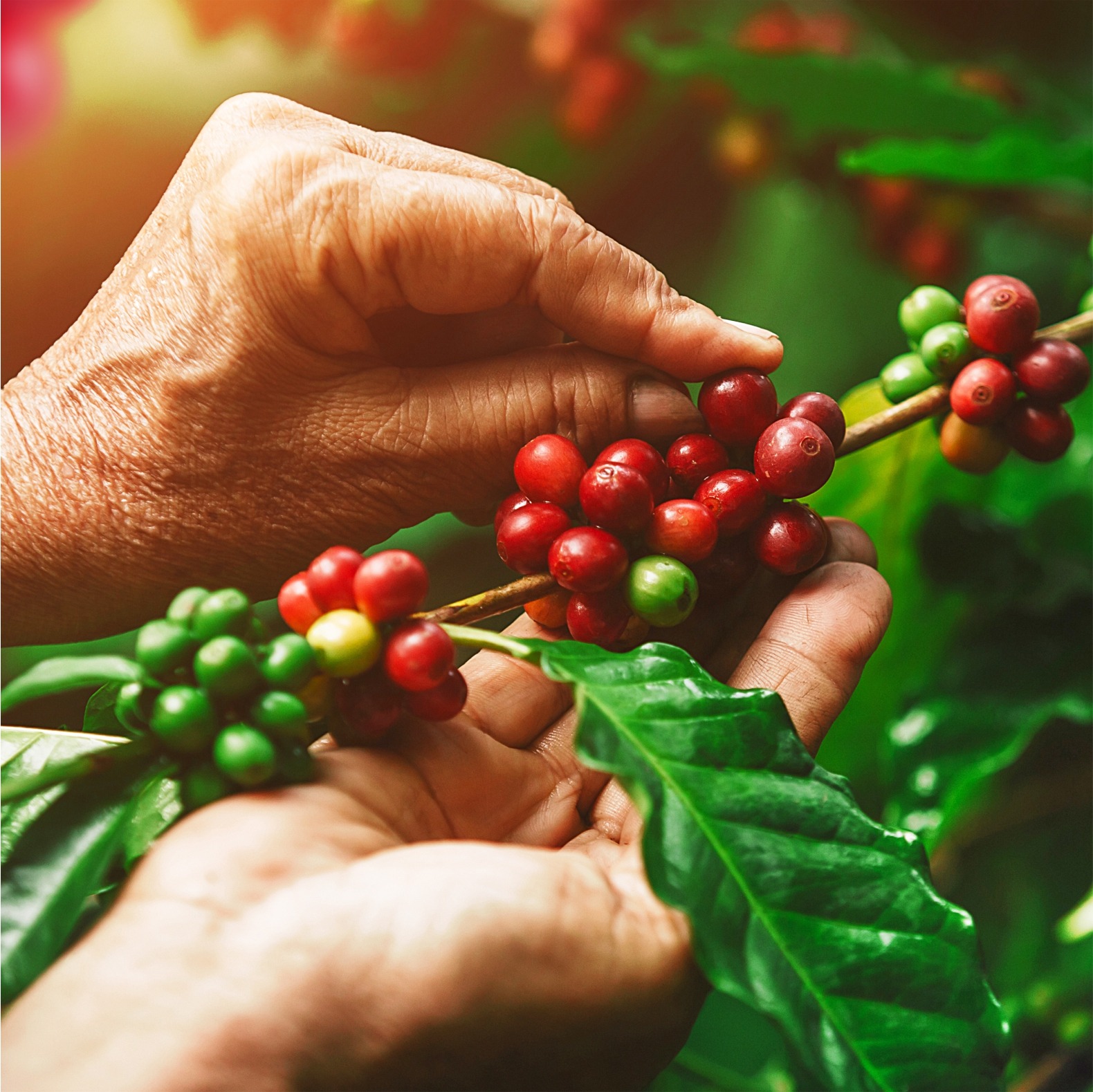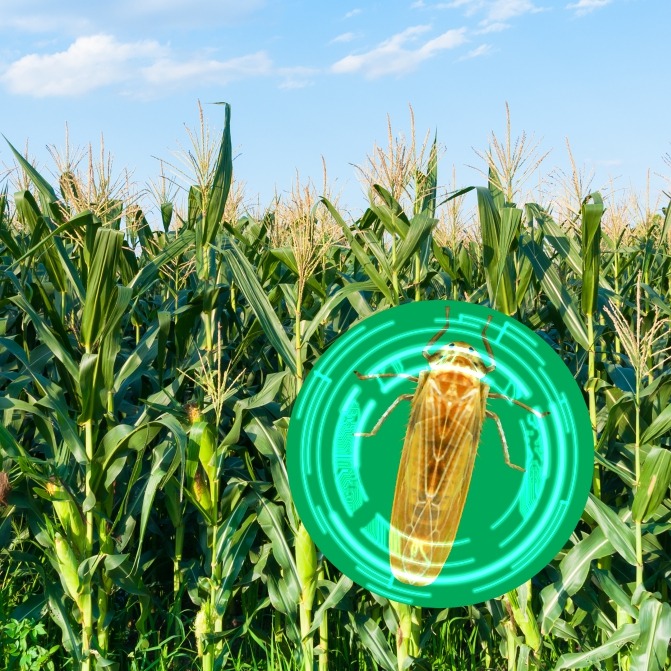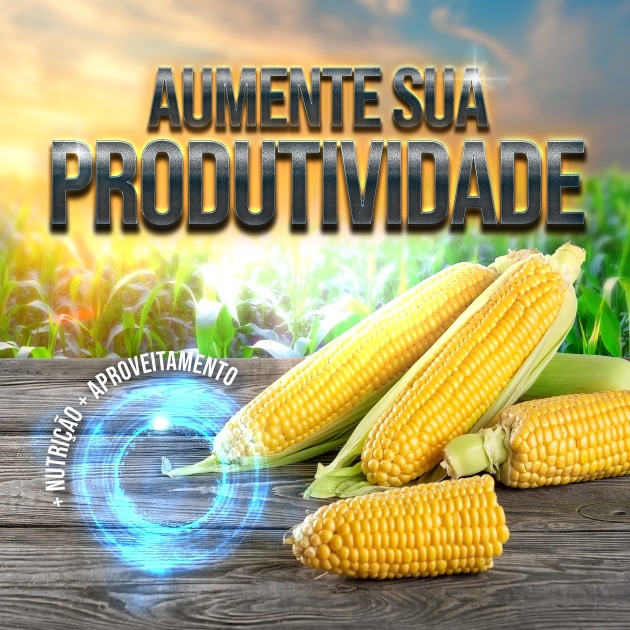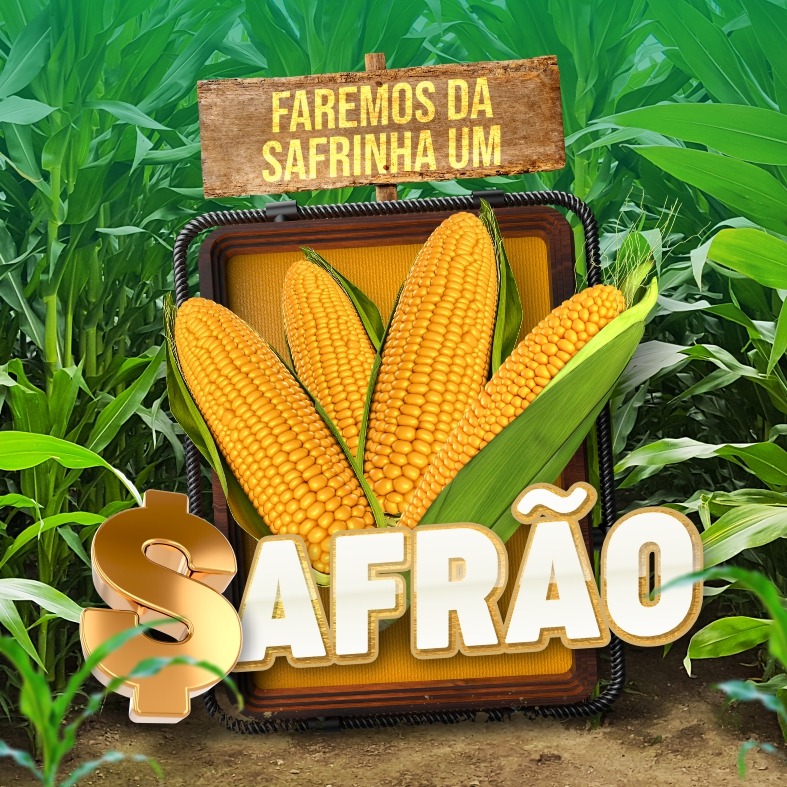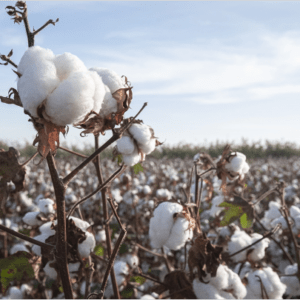
History
Cotton
There are records of cotton in ancient civilizations such as Inca handicrafts in Peru and parts of Pakistan, dating back to centuries before Christ. Expansion to other countries took place through India to Mesopotamia, which became the most important trade channel at the time. Its introduction into Europe took place through the Arabs, with the installation of weaving factories in Spain, Venice and Milan. With the Industrial Revolution came the first spinning mill opened in Manchester, England, being a milestone in the history of cotton where weaving came to dominate the world market for yarns and fabrics.Cotton in
Brazil
Even before colonization, the Indians were already cultivating cotton, mastering techniques of weaving and dyeing the fibers for making hammocks and blankets, they also used the plant in food and used the juice of the leaves to treat wounds. The expansion of cotton took place in the northeast region, the first major producer being the state of Maranhão, which in 1760 began exporting bags of the product to Europe. During the 1980s, the cotton boll weevil arrived in Brazilian territory, becoming one of the biggest pests of cotton production in the world. In a short period of time, the infestation destroyed entire crops in the Northeast, reaching a reduction of 60% of planted area between 1985 and 1995. Because of this, São Paulo and Paraná became the main cotton producers, prioritizing the planting of herbaceous plants, with smaller fibers, but more productive. With competition from other crops in the region, cotton growers migrated to new areas of Mato Grosso and Goiás. Currently, Mato Grosso together with Bahia are leaders in national production, representing more than 80% of cotton lint produced in Brazil.Products VitalForce
For Cotton
See Other
Culture

News Channel
Vital News
El uso de bacterias para el control de enfermedades no solo es una técnica conocida como biocontrol o control biológico. Esta técnica envuelve el...
El cultivo del café es una actividad importante en el sector agrícola, desempeñando funciones importantes relacionadas al desarrollo social y...
Los datos indican, según la Compañía Nacional de Abastecimiento (CONAB, 2023) que en 2023 hubo un aumento en el área total destinada al cultivo...
El año 2023 promete ser más desafiante para la agricultura que los años anteriores, es a lo que apunta a traves de constataciones de los precios...
Diante de um cenário de incertezas climáticas – e agora também político, devido à transição de governo – os produtores rurais brasileiros,...
Diversidade climática e abrangência territorial são importantes fatores que permitem o agricultor realizar a segunda safra, sendo possível...
Fortalecendo as culturas anuais diante do estresse causado pelo ambiente e fatores climáticos com os produtos Grupo Vital. Desde o início do...
O mercado dos insumos biológicos está em bastante ascendência e destaque no mundo agro nos últimos anos. A adoção desses bioinsumos usados para...













